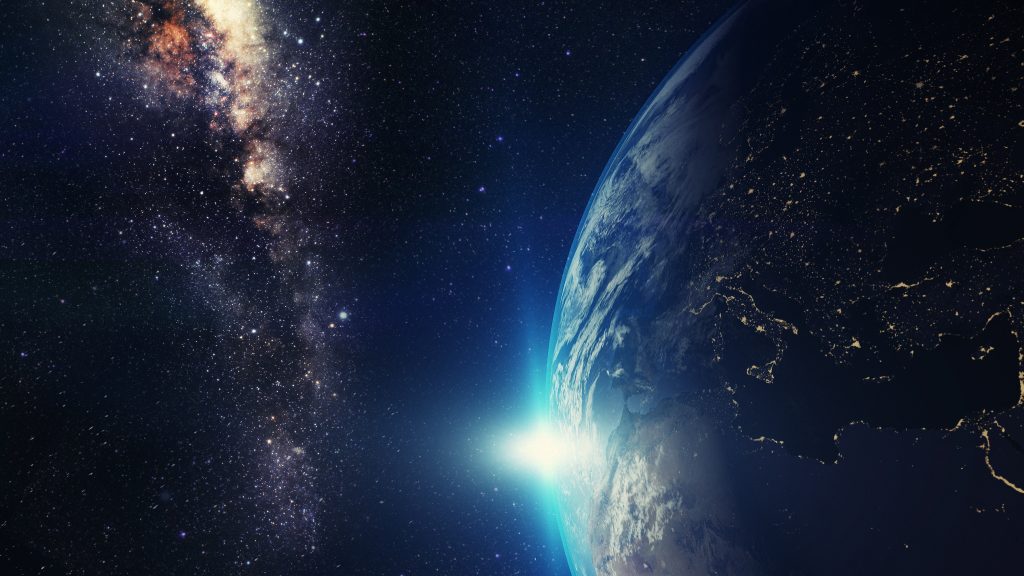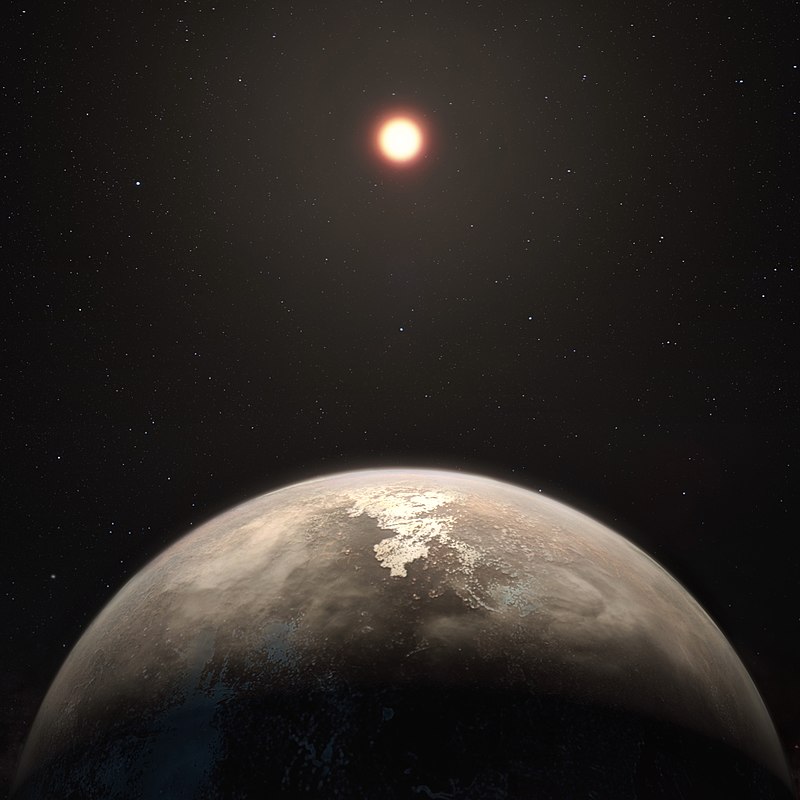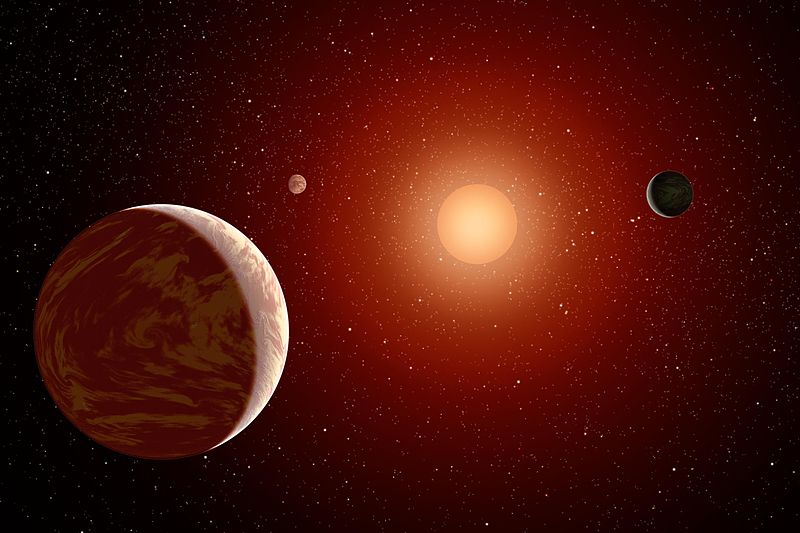By Glynn Cosker
Contributor, In Space News
Earth is one of an estimated 1024 (1,000,000,000,000,000,000,000,000) planets in the observable universe. The odds that our world is the only one suitable for life are astronomical – pun intended.

The conditions required for life include a constant source of energy, complex chemistry (liquid water and carbon), and protection from harmful radiation and other substances. Thankfully, Earth fits that bill, and its distance from our star (the Sun) puts it in the habitable zone.
Earth is warm enough – and has the correct amount of atmospheric pressure – for liquid water. Is there an ‘Earth 2.0’ out there somewhere?
Habitability Versus Travel Time
Scientists have discovered thousands of ‘exoplanets’ – worlds outside of our solar system – and we can reach all of them in a suitable spacecraft today. Sadly, it would take around 100,000 years to get to even the closest exoplanet. Traveling close to the speed of light would cut travel time by around 99,995 years – so it’s well worth the upgrade.
However, scientists have confirmed that traveling at even a fraction of the speed of light is likely impossible. That said, discrediting the notion that humans can reach these habitable planets within the next 300 years is similar to discrediting (300 years ago) the notion that humans would one day walk on the Moon. So assuming our descendants somehow figure it all out, why would they need to find new planets?
Earth 2.0 Candidates
According to a report from the United Nations, the world’s population in the year 2300 could be as high as 36 billion. Nobody knows how hospitable Earth will be, so finding ‘Earth 2.0’ could be vital. But which of the current exoplanets are close enough – and suitable enough – to support a human population?
Here are a few planets that scientists believe are the best candidates for Earth 2.0:
- Ross 128b
11 light years away from Earth.
Ross 128b has many ‘earthy’ things in its favor. It’s about the same size as Earth, it’s thought to be rocky and it orbits its red dwarf star within the inner-edge of the habitable zone.
If Ross 128b has an Earth-like atmosphere, the light from its star would give the Ross 128b a temperature of between minus-76 degrees and 70 degrees Fahrenheit; cozy enough for life. In fact, scientists believe that Ross 128b is the number-one candidate for future human habitability.

Space voyages to Ross 128b will take around 12 years traveling close to the speed of light.
- Luyten b
12.2 light years away from Earth.
Luyten b orbits well within the habitable zone of its red dwarf star – giving the planet a surface temperature of about 66 degrees Fahrenheit, but only if it has an Earth-like atmosphere. Scientists believe that Luyten b is a rocky world that receives only six percent more sunlight than Earth – making it another ideal location for human habitability.
Future trips to Luyten b will take around 13 years traveling close to the speed of light.
- Wolf 1061c
13.8 light years away from Earth.
Wolf 1061c also orbits a red dwarf star within the habitable zone, albeit it’s a bit chilly at around minus-58 Fahrenheit. Scientists believe that Wolf 1061c is rocky and tidally locked – meaning that one side of it permanently faces its star, while the other side is in perpetual darkness. The ‘terminator line’ that separates the bright side from the dark side is where our descendants might feasibly build a resort or two in 300 years.

Human excursions to Wolf 1061c will take around 15 years traveling close to the speed of light.
Nearby Candidates
It’s important to note that Ross 128b, Luyten b and Wolf 1061c may already have occupants that would likely take issue with a human invasion. With that in mind, NASA and other agencies are keeping their immediate colonization plans closer to home.
Mars is the target, and a colony of humans on the red planet in the second half of this century is the goal. Until then, the sky is not the limit.

Comments are closed.